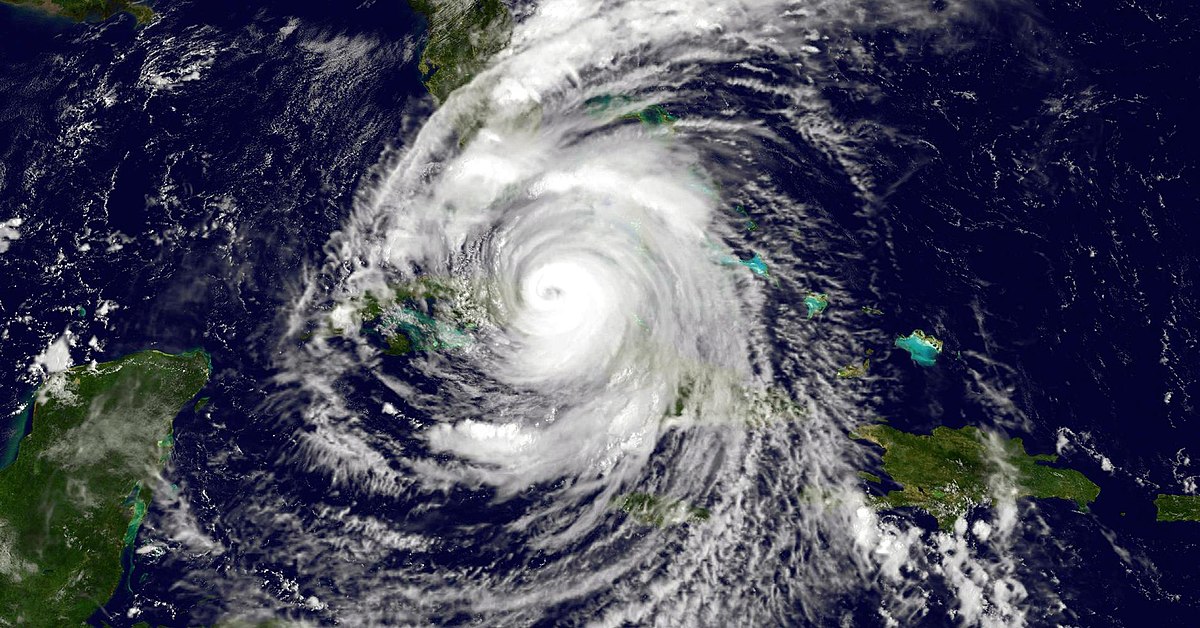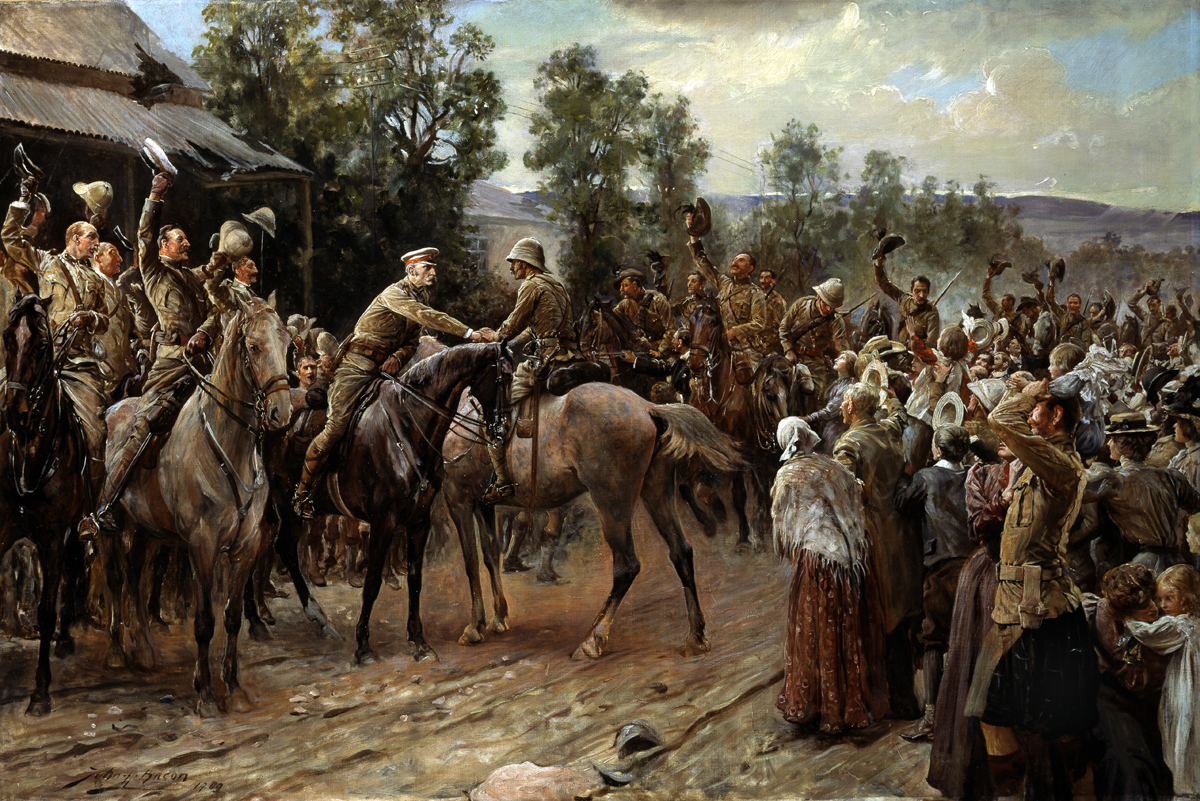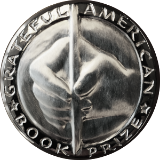October 1 — October 31, 2024
History Matters
Showing our children that their past is prelude to their future, with book recommendations.
The Cuban Hurricane of 1924
In October of 1924, the first recorded category five Atlantic hurricane—with sustained winds in excess of 160 miles per hour—blasted through Cuba, took dozens of lives in the Caribbean, and frightened—but spared—Florida from major damage because of a last-minute detour.
The unnamed disturbance formed in the Gulf of Mexico in mid-October, before gathering strength and thundering ashore in western Cuba on October 19. Villages in the primitive Pinar del Rio Province—on the island’s far-western tip—were flattened as winds swept away ramshackle buildings and rain caused massive flooding. At least ninety people were killed; in an era before large-scale humanitarian aid projects existed, more people would die in the months to come as villagers fended for themselves.
It remains the strongest storm ever to hit Cuba.
Panicked warnings spread across southern Florida; the monsoon seemed to be on a collision course with the peninsula. Without satellite images or electronic media to guide them, many people still relied on intuition to determine what would follow; in Key West, the Miami News reported that “old sea dogs” clung to the superstition that no hurricane would hit the island after a full moon, which had just occurred. And they were proved right—if just barely. While towns from Miami to Punta Gorda lived through up to twenty inches of rainfall and flooding, Americans were relieved when the tempest detoured out to sea.
Less merciful ones would follow.
For more information about the history of Atlantic hurricanes, the Grateful American Book Prize recommends Eric Jay Dolin’s A Furious Sky: The Five-Hundred Year History of America’s Hurricanes (2020).

Satellite image of Hurricane Irma striking northern Cuba
Beginning of the Second Boer War
South Africa’s Second Boer War—one of history’s most significant conflicts, started in October of 1899; ended Britain’s acquisition-rich Victorian era, and foreshadowed the fiascos between the First World War—and beyond.
The dispute emerged from the tensions between the Boers, descendants of Dutch settlers who had trekked north to the Transvaal and Orange Free State territories, and the more recent immigrants—mostly from Great Britain—who in the 1890s—tried to encroach in the same places for gold and land.
The friction culminated on October 11-12, 1899, when the Boers declared war, surged south into British-controlled territory, besieged Ladysmith/other settlements, and roved through highly mobile, mounted detachments, that the British could barely defeat.
Eventually, the British relieved Ladysmith and others in a series of dramatic marches that generated new public heroes like Lord Roberts, and Lord Kitchener, but the Boers proved to be more resilient than the British had thought; by 1900 the war had degenerated into a cruel guerrilla conflict—similar to a modern counterinsurgency campaign. Besides conducting scorched earth tactics across much of the countryside, the British interned thousands of Boer and black African civilians in concentration camps—where they died from malnutrition and ill treatment.
Although the Boers surrendered when the battling ended in May 1902, the combat undermined the world’s reverence for the British Empire, and its self-proclaimed moral authority. Moreover, future military leaders—including some Americans—would learn grim lessons from the Boer’s about how to overwhelm insurgent movements.
For more information about the Boer War of 1899-1902, the Grateful American Book Prize recommends Thomas Pakenham’s The Boer War (1991).

The Relief of Ladysmith. Sir George Stuart White greets Major Hubert Gough on 28 February. Painting by John Henry Frederick Bacon.
Ed Lengel is an author, a speaker, and a storyteller.
History Matters is a feature courtesy of the Grateful American Book Prize,
an annual award for high quality, 7th to 9th grade-level books dealing with important moments in history.




